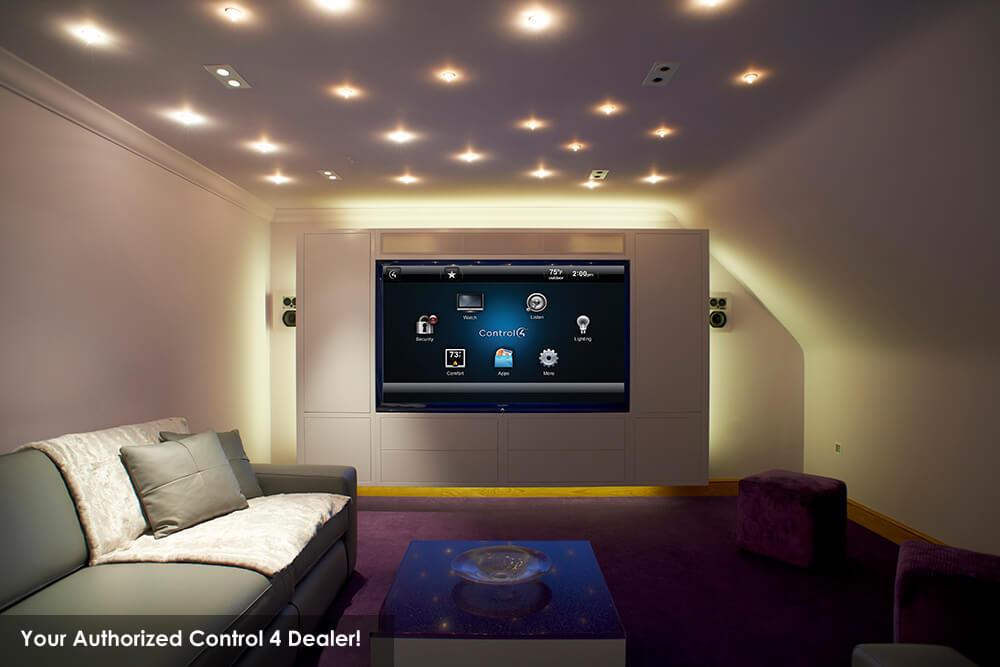Ideal Strategies for Placing Surveillance Cameras to Improve Surveillance Efficacy
Ideal Strategies for Placing Surveillance Cameras to Improve Surveillance Efficacy
Blog Article

Placing surveillance cameras effectively efficiently remains crucial to enhancing surveillance in different settings, including homes, commercial properties, and community areas. The primary objective of surveillance systems remains to deter crime while also provide proof in case of incidents. To attain this, it is essential to consider several elements, including camera placement, field of vision, and the particular areas that need monitoring. By comprehending these factors, individuals as well as organizations can develop a comprehensive monitoring strategy that optimizes the effectiveness of their surveillance solutions.
One of the first steps in placing security systems is to determine key areas that require monitoring. Vulnerable areas, including entrances, exits, parking lots, as well as areas with high-value items, must be given priority. It also important to take into account areas not visible, which are locations that may not be seen from specific angles. By charting out these key locations, security personnel can guarantee that every nook is monitored, reducing the chances of criminal activity going unnoticed. Additionally, installing cameras at strategic points can assist create a comprehensive view of the property, allowing for improved total surveillance coverage.
The viewing angle of a surveillance system remains another important factor to take into account. Various kinds of surveillance systems provide different ranges of view, which can influence how much area look at this now is captured in the footage. For example, broad-view cameras can monitor bigger areas, making them perfect for spacious areas, while PTZ cameras can be adjusted to concentrate on specific details. When positioning cameras, it is essential to choose the appropriate kind based on the area being observed. This guarantees that the system can record clear footage and provide valuable data in the event of an occurrence.
Elevation and angle of mounting also play a crucial role in the efficacy of security cameras. Cameras should be mounted at a height that is out of reach of potential tampering but still allows for clear visibility of identifying features and other identifying features. A typical suggestion is to mount systems at least eight to ten feet off the ground. Additionally, the tilt at which the system remains set can impact its ability to record important information. Surveillance systems should be tilted to reduce glare and avoid obstructions, ensuring that they can capture sharp footage at all times.
In conclusion, routine upkeep and improvements to the security camera is crucial for sustained effectiveness. This includes checking camera functionality, cleaning optics, as well as ensuring that software remains up to date. Regular evaluations of the surveillance strategy can assist identify any new areas not visible or locations that may require extra monitoring. By staying proactive and implementing necessary adjustments, people as well as organizations can enhance their monitoring efficacy and ensure that their security solutions continue to serve their intended function.